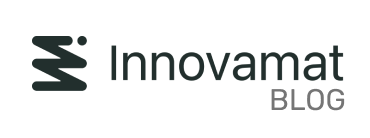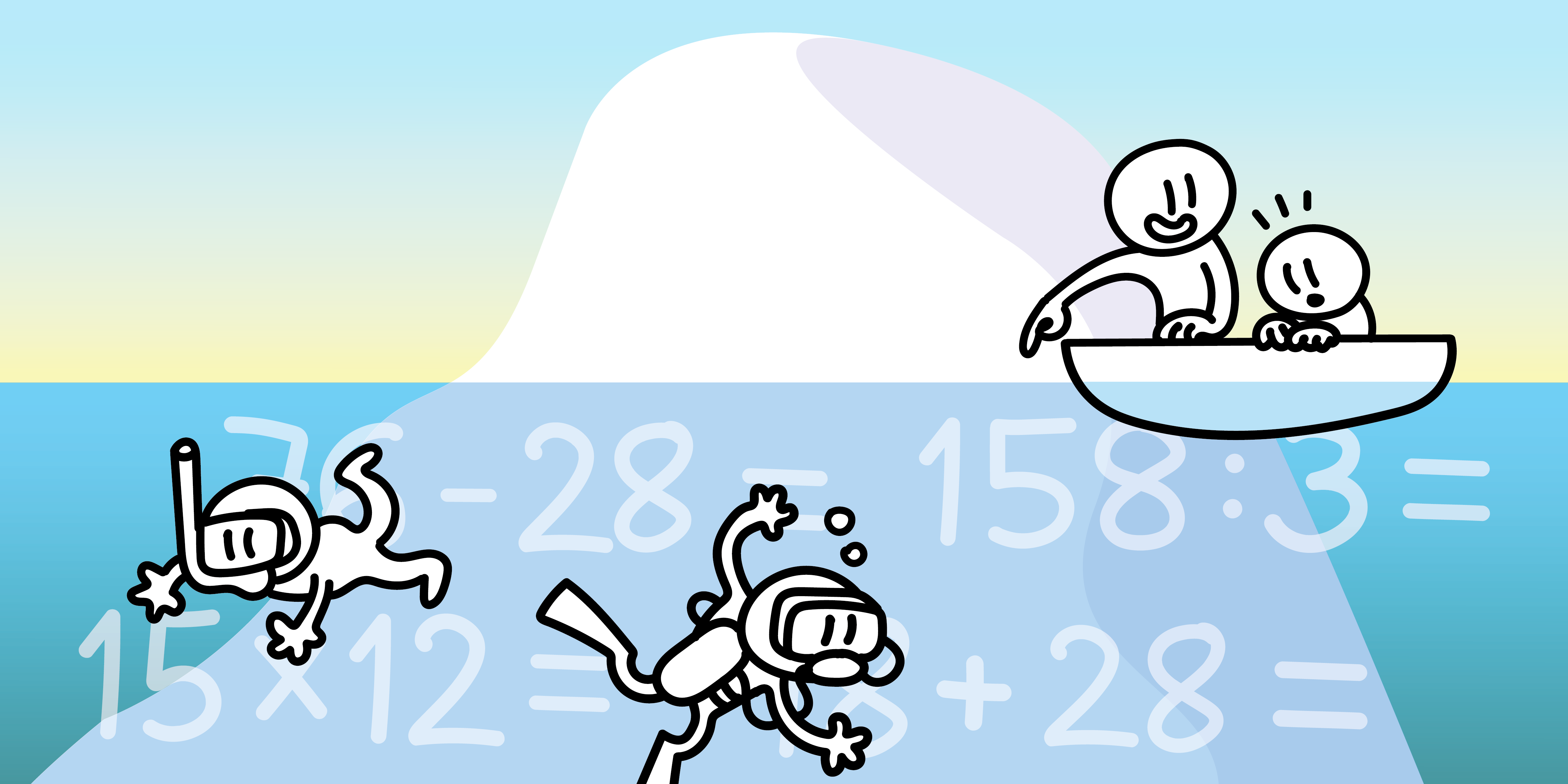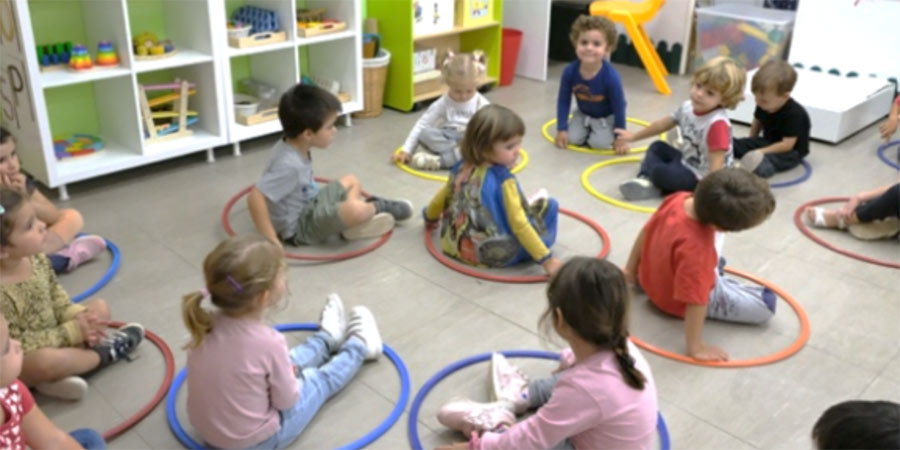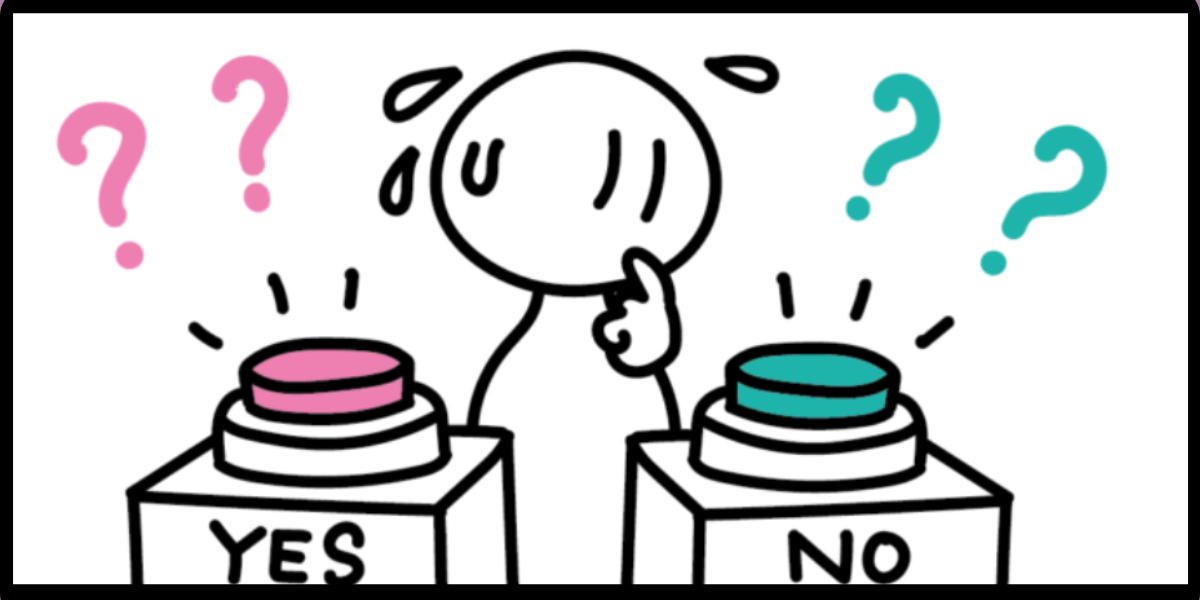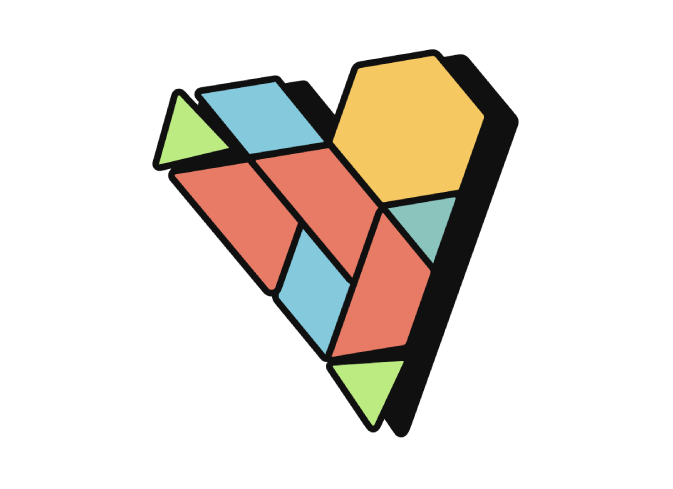Something is changing. Have you noticed? In students, in the way they learn, how they relate to knowledge. In the role of the teacher in the face of this transformation. And between the dizziness and the excitement of being part of the change, the reality of the situation appears, this has always happened, because society has always changed faster than schools. But this time something is different. If we do not act quickly, it will open a gap between the student’s reality and schools that will be too big to close. It is already beginning to happen, for many students, school is a place where they spend six hours a day, where they take a break from their real life, their life at a distance with social networks and YouTube training. And where they learn things that are disconnected from their reality.
But let’s have a look at this. Exactly where does all this come from? Firstly, accumulating information no longer works. And that’s not new either. When photography was invented, pictorial art had to ask, and now, what is my purpose? Well, with the Internet, which is an overexposure to information (and misinformation), schools have to ask themselves the same question, what is our purpose?
Or when the calculator was invented. Do you think the mathematicians asked themselves, what is our purpose? Of course not! Because they already knew that mathematics is much more than solving operations.
So, if schools are no longer going to give data and accumulate it, because the data is already in the network, and math is not about solving operations, because that is already done by a calculator; and art is no longer just about perfectly portraying reality, because that is already done by cameras … What is it about?
Well, it turns out that, paradoxically, the answer lies in the question! Because what school is about, what math class is about, what art is about… Is asking questions!
What’s the use of the internet if I don’t know what to ask? If I don’t know how to ask the right question that will help me filter out all the misinformation straight away and get as close as possible to the information I want to know? What good is a calculator if I don’t know what data I’m working with or what question I have to ask it to give me the right answer? And art, if I want to faithfully represent objective reality, I will take a photograph. But what if I want a work that answers another question? For example, how do I feel? How can I see reality differently? Thanks to the change of question, movements such as impressionism, expressionism or cubism appeared.
That’s basically what the teacher does at Innovamat. They ask good questions and motivate the student’s to keep asking. In class, first, we set a challenge. The students propose the first hypotheses. Then, they manipulate. “The hand is the executive organ of intelligence,” said Maria Montessori. We manipulate in Early Years, in Elementary and in Middle school, because cognitively, it is very important to have the body and the brain connected. Next, the students talk, they explain themselves. They refute, corroborate, contrast. We take different strategies into account, different paths to get to the same place. Then, they leave a register of what has happened, as a way to crystallize and highlight the value of the conclusion, of what is already proven. And this moment is very important. That is why notebooks remain crucial. Because the act of writing, of leaving a register, is a central part of learning. And then, only then, when they have conjectured, manipulated, conversed and recorded, then the student practices.
(If you want to read more about the importance of practice in mathematics, you can read this article.)
But none of this will do if there is no initial question. Learning does not occur if we give answers to questions that the student has not yet asked. And the role of the teacher is precisely that, to help the student formulate the necessary questions, to grow, and guide them to the discovery of answers.
